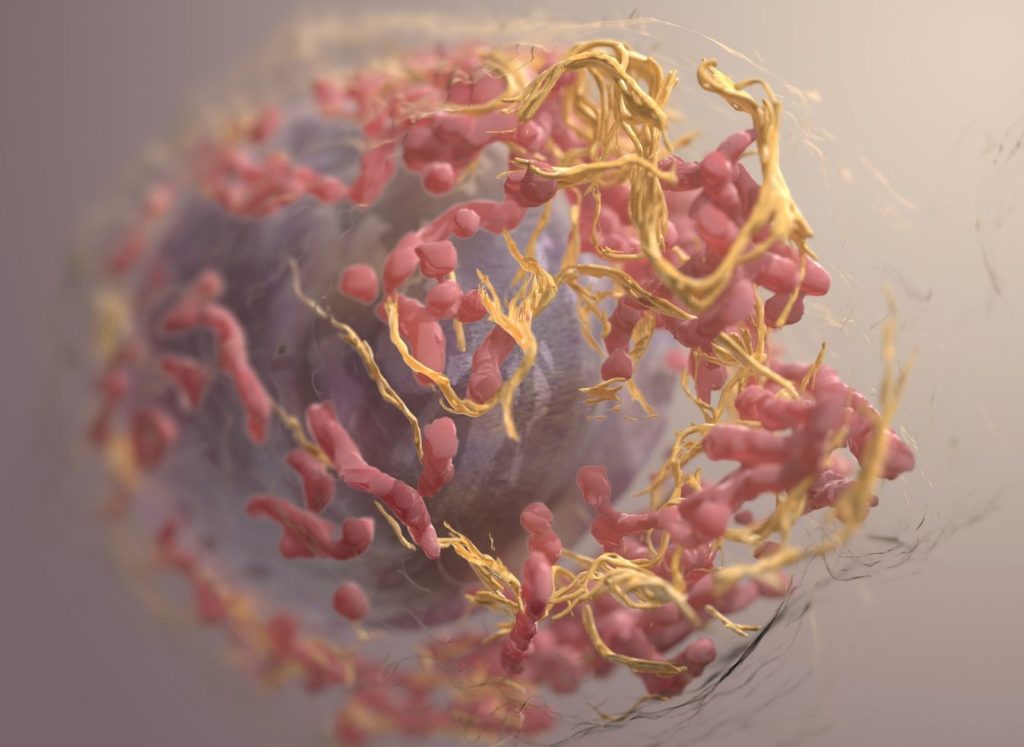Older Adults are Getting Infected with HIV, but Prevention Focuses on Young People
Prevention and treatment campaigns are not adequately targeting the particular needs of the 50+ years age group.

Indeed, between 2000 and 2016, the number of adults aged 50 years and older living with HIV in sub-Saharan Africa doubled. At present, their HIV prevalence is exceeding that of younger adults.
By 2040, one-quarter of people living with HIV in Africa will be aged 50 years and older; tailored awareness and treatment campaigns are pressing.
Dr Luicer Olubayo, a researcher at the Sydney Brenner Institute for Molecular Bioscience (SBIMB) at Wits University and the first author of a study published in The Lancet Healthy Longevity journal, which investigated HIV in older people in Kenya and South Africa, noted that perceptions on who acquires HIV are limited. “We often think of HIV as a disease of younger people. It doesn’t help that intervention campaigns are mainly targeted at the youth.”
Moreover, older adults are less likely to believe that they can get HIV. This misconception is pervasive and has consequences for reaching global targets to achieve UNAIDS’ 95-95-95 targets by 2030 (95% of people living with HIV know their status, 95% of people who know their status are on treatment, and 95% have a suppressed viral load).
“While HIV prevalence among individuals over 50 years of age is similar to or even exceeds that of younger adults, HIV surveys focus on younger individuals, leaving considerable gaps in understanding HIV prevalence, incidence and treatment outcomes in older populations,” says Associate Professor F. Xavier Gómez-Olivé, at the MRC/Wits-Agincourt Research Unit.
Stigma remains a barrier to treatment
The uptake of HIV testing among older adults is poor, which delays diagnosis and limits access to care. This is, indeed, one of the signifiers of the pervasiveness of stigma surrounding the disease.
“We know that there is significant social stigma related to HIV infection. This is why understanding HIV-related stigma in older adults remains crucial as a way to inform interventions to support older people’s mental health and overall well-being,” says Olubayo.
Interventions could focus on repeated testing, the use of pre-exposure prophylaxis (PrEP), and campaigns to increase awareness and reduce infections among the elderly.
“HIV can be managed alongside other chronic conditions, too, since HIV is managed as a long-term illness,” says Gómez-Olivé.
Non-communicable diseases, such as hypertension, diabetes, and obesity, have dramatically increased in sub-Saharan Africa, particularly among older people. HIV treatment and intervention can be included in the healthcare ecosystem of long-term illnesses.
Apart from stigma, a complex interplay of factors shapes HIV risk
The study shows that age, education, gender, and where people live all affect their risk of HIV. Even though more people now have access to HIV treatment, older adults—especially in rural areas—still face significant challenges in preventing HIV, such as low education levels and gender inequality.
Widowed women had the highest HIV rate (30.8%). This may be due to losing a partner to HIV, stigma, and a greater risk of unsafe behaviours like transactional sex and limited power to negotiate condom use. People without formal education and those with low income also had higher rates of HIV infection.
The benefit of longitudinal data to make decisions
An important added value of this study is the provision of longitudinal insights into the HIV epidemic among older adults in sub-Saharan Africa. “Our study is beneficial in that older populations are under-represented, and not much is known about them over time. What changes are occurring? We have to answer these kinds of questions. With longitudinal data, we can look at the effectiveness of antiretroviral therapy coverage in older people,” says Gómez-Olivé.
The study used data collected in urban Kenya and in urban and rural sites across South Africa during two data collection waves: 2013-2016 and 2019-2022.
Throughout a decade of research, the team has been gaining a deeper understanding of this ageing HIV epidemic. Numerous important insights about HIV in older populations have been achieved, and research gaps are being covered.
Data for the study were drawn from the Africa Wits-INDEPTH Partnership for Genomic Research (AWI-Gen) from adults aged 40 years and older. AWI-Gen is a multicentre, longitudinal cohort study conducted at six research centres in four sub-Saharan African countries (South Africa, Kenya, Burkina Faso, and Ghana) to investigate various health determinants.
Source: University of the Witwatersrand





